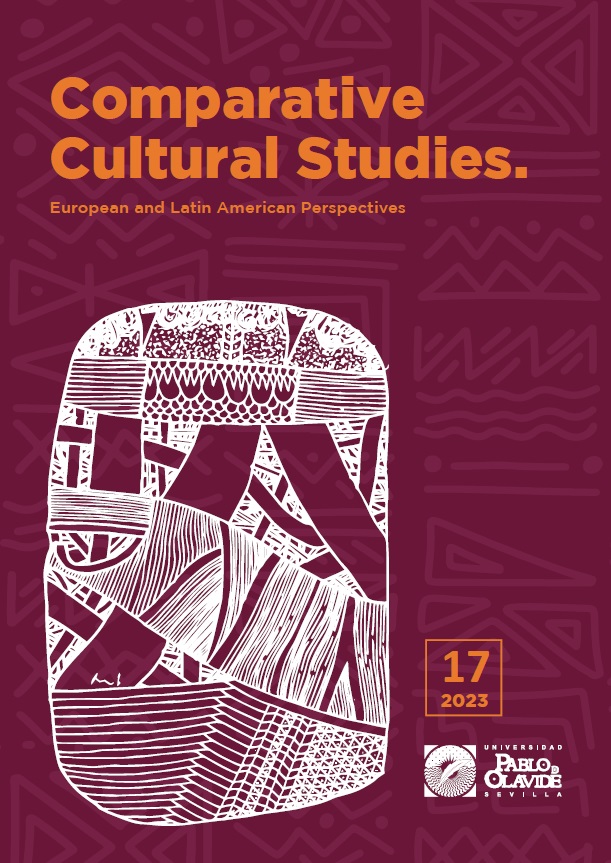Idiosyncratic aspects of braille transcription for keyboards based on the play "Gaúcho, O Corta-Jaca de cá e lá" by Chiquinha Gonzaga
DOI:
https://doi.org/10.46661/ccselap-14299Keywords:
Braille transcription, braille music code, braille sheet music, Braille System, visually impaired peopleAbstract
This article reflects about the conditions of production and distribution of music scores in braille code for blind and low vision musicians in Brazil, based on objective data from the census carried out by the Brazilian Institute of Geography and Statistics in 2010 about visually impaired people in Brazil. Reflects as well in the Brazilian Law of Inclusion of Persons with Disabilities, of 2015, about accessible materials for that audience. Such data give the reality of braille transcription the need to encourage the training of editors and the distribution of scores. The choice of a composition by Chiquinha Gonzaga for braille transcription was due to the fact that the composer was not only a prominent musician of her time, but also played a leading role in women and stood out for her pioneering spirit in areas previously dominated by the men, opening the way for subsequent generations to continue in the musical environment with more egalitarian ideals. As the composer, the braille music still fights for an equal place in the music scene. Through an overview of the problems of braille transcription of keyboard scores, this article presents particularities of this way of writing and reading music and reasons why such a service requires a solid professionalization.
Downloads
References
Abreu, E. M. A. C., Santos, F. C., Felippe, M. C. G. C. & de Oliveira, R. F. C. (2018). Braille!? O que é isso? São Paulo, Brasil: Fundação Dorina Nowill para Cegos.
B.A.N.A. (1997). Music Braille Code. USA: Braille Authority of North America .
Birch, B. (1993). Louis Braille. São Paulo, Brasil: Globo S. A.
Franco, J. A. (2017). Música – Região Sudeste. Coleção Regionais, A Cultura Brasileira Acessível a todos, São Paulo, Brasil: Fundação Dorina Nowill Para Cegos.
Fundação Dorina Nowill Para Cegos (2020). Relatório Anual 2020. Disponível em: https://fundacaodorina.org.br/wp-content/uploads/2021/12/RE LATORIO- COMPLETO_2020_versao-acessivel-1.pdf.
Grafia Braille para a Língua Portuguesa. (2018). Brasília, Brasil: Ministério da Educação, Secretaria de Educação Especial.
Lei n. 13.098/00 (6 de julho de 2015). Pesquisado em: http://www.planalto.gov.br/ccivil_03/_ato2015-2018/2015/lei/l 13146.htm.
Novo Manual Internacional de Musicografia Braille (2004). Brasil: Ministério da Educação, Secretaria de Educação Especial.
Rocha, J. A. F. (2022). Gaúcho, O Corta Jaca - Edição tinta-braille. Disponível em https://imslp.org/wiki/Ga%C3%BAcho_(Gonzaga%2C_Chiquinha).
Downloads
Published
How to Cite
Issue
Section
License
Copyright (c) 2023 Jéssica de Almeida Rocha Franco, Jonathan de Aquino Franco Rocha

This work is licensed under a Creative Commons Attribution 4.0 International License.
This licence allows third parties to share (copy and redistribute the material in any medium or format) and adapt (remix, transform and create from the material for any purpose, including commercial purposes), provided that authorship and first publication in this journal (The Journal, DOI of the work) is acknowledged, a link to the licence is provided, and it is stated whether changes have been made to the work.







